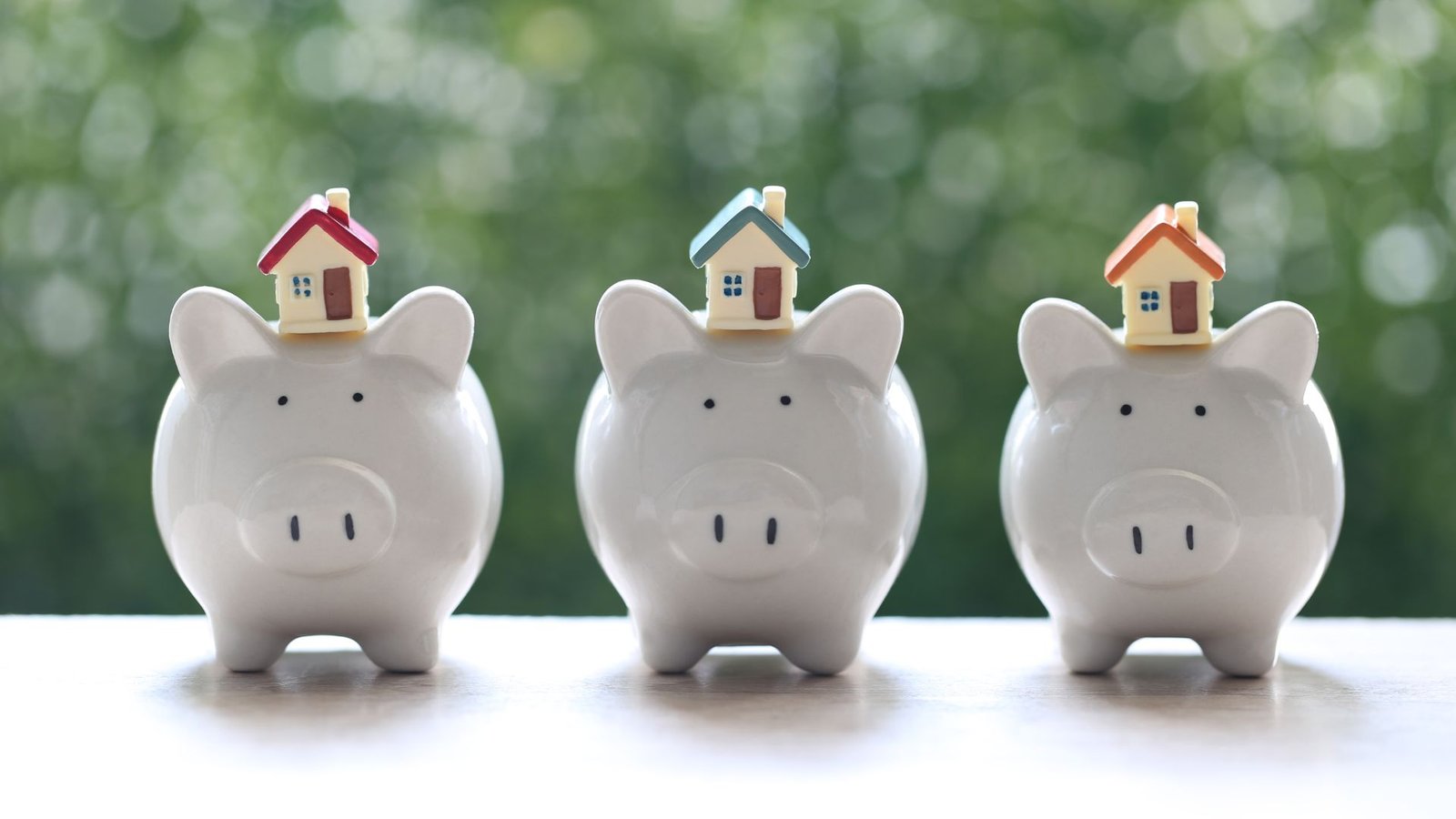Timing can be everything when it comes to real estate transactions. In Arizona, with its unique regional climates and economic fluctuations, determining the best time to buy or sell a home requires understanding both seasonal trends and broader market dynamics. This blog post explores the optimal times for engaging in real estate activities in the Grand Canyon State, helping you make informed decisions based on trends and cyclical patterns.
Understanding Arizona’s Real Estate Seasonality
Spring: The Seller’s Season Spring is traditionally a hot period for real estate across the country, and Arizona is no exception. From late February through May, the market tends to see an influx of buyers, making it a prime time for sellers to list their homes. The pleasant weather, combined with families wanting to move during the summer break from school, creates ideal conditions for higher foot traffic and competitive offers.
Summer: High Heat, Slower Pace As temperatures rise in June, July, and August, the market often cools down a bit. While there are still plenty of buyers, the extreme heat can be a deterrent for home viewing and moving. However, for buyers, this might be a strategic time to find a deal, especially as sellers who listed in the spring may be motivated to negotiate rather than carry their listings into the fall.
Fall: A Second Wave for Buyers September and October can see a resurgence in the market, with cooler temperatures and another peak of activity before the holiday season. It’s a good time for buyers to look for homes as there’s less competition than in the spring, and sellers are eager to close by the end of the year.
Winter: Opportunity and Planning November through January tends to be the slowest period for sales, largely due to the holidays and end-of-year financial planning. However, buyers looking for bargains may find motivated sellers and less competition, leading to potentially better deals. For sellers, listing a home during the winter might mean fewer showings, but those who do come are often more serious about closing quickly.
Market Dynamics to Consider
Economic Indicators Beyond seasonal fluctuations, economic conditions play a crucial role in determining the best time to buy or sell. Interest rates, employment rates, and economic forecasts should be considered as they directly impact buyer affordability and market demand.
Local Factors Specific factors within Arizona, such as the growth of job markets in cities like Phoenix and Tucson or significant infrastructure projects, can also influence the best times to enter the market. Areas experiencing growth may see a year-round demand, smoothing out seasonal effects.
Long-term Trends Historical data and long-term trends can provide insights into future market conditions. Observing patterns over the past decade can help predict when the market might peak or dip, allowing for strategic planning around real estate transactions.
Tips for Buyers and Sellers
For Buyers:
- Monitor Interest Rates: Lower rates mean lower monthly payments, so capitalize on times when rates drop.
- Be Ready: Have your financials in order, including mortgage pre-approval, to jump on opportunities as they arise, regardless of the season.
For Sellers:
- Prepare Your Home: Enhance curb appeal and address any maintenance issues before listing, regardless of when you choose to sell.
- Market Smart: Work with a knowledgeable realtor who understands both the local market and the optimal listing strategies for your specific area.
Conclusion
In Arizona, both buyers and sellers can find advantages throughout the year depending on their specific needs, financial situations, and flexibility. By understanding the nuances of each season and staying informed about broader market trends, you can strategically choose the best time to buy or sell, maximizing your outcomes in this vibrant real estate market.



